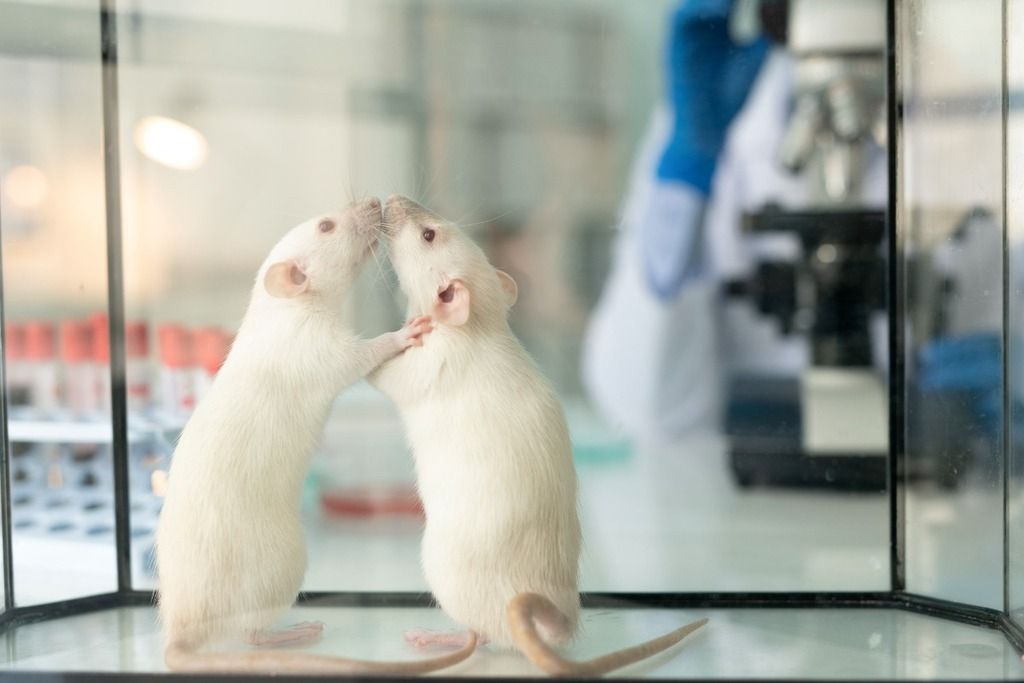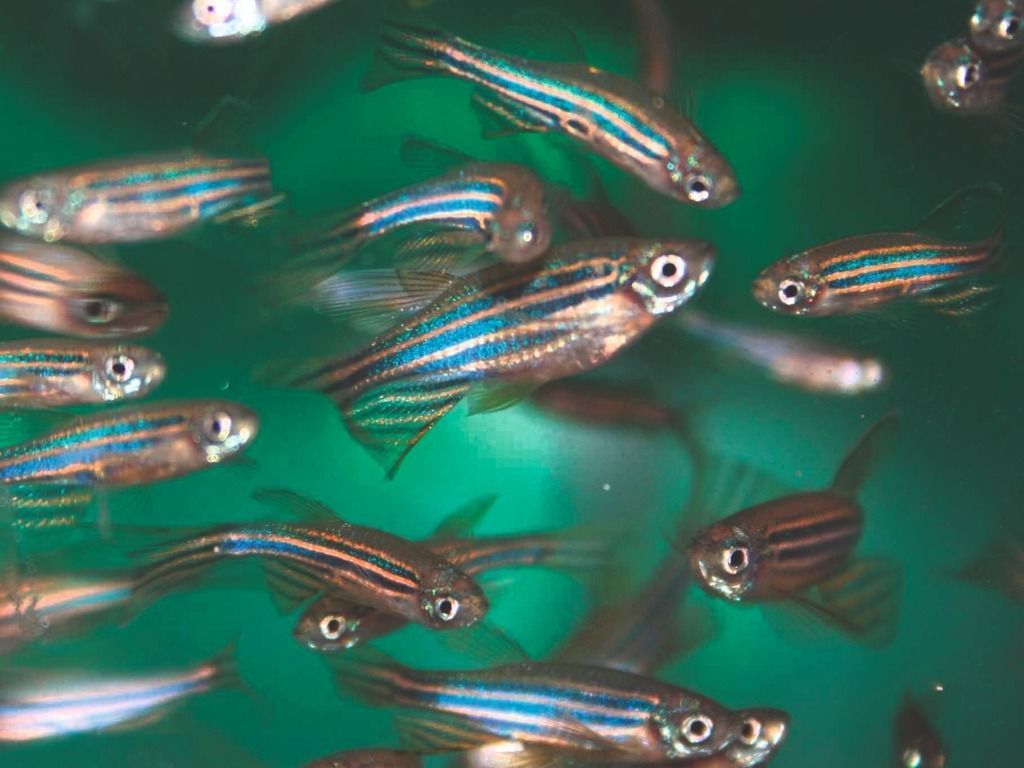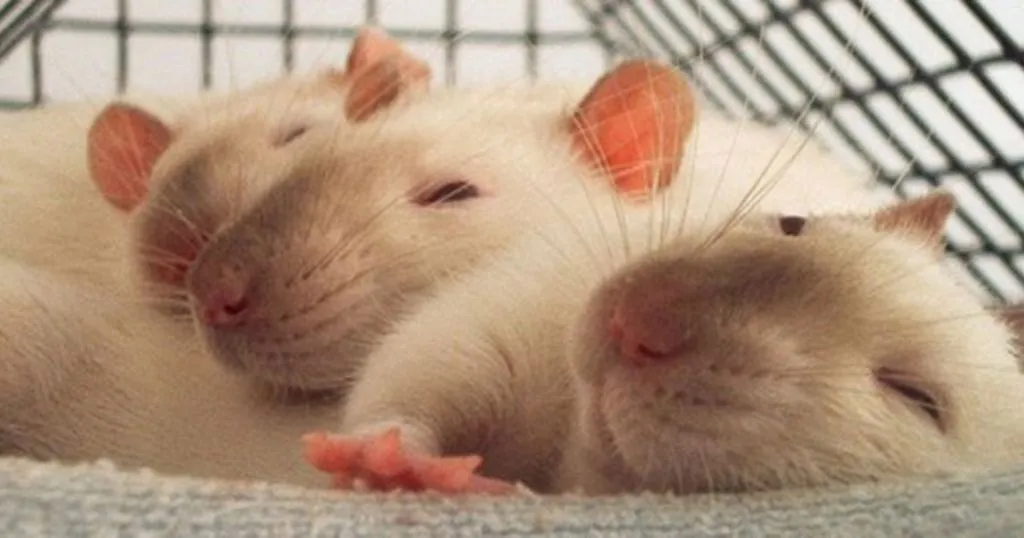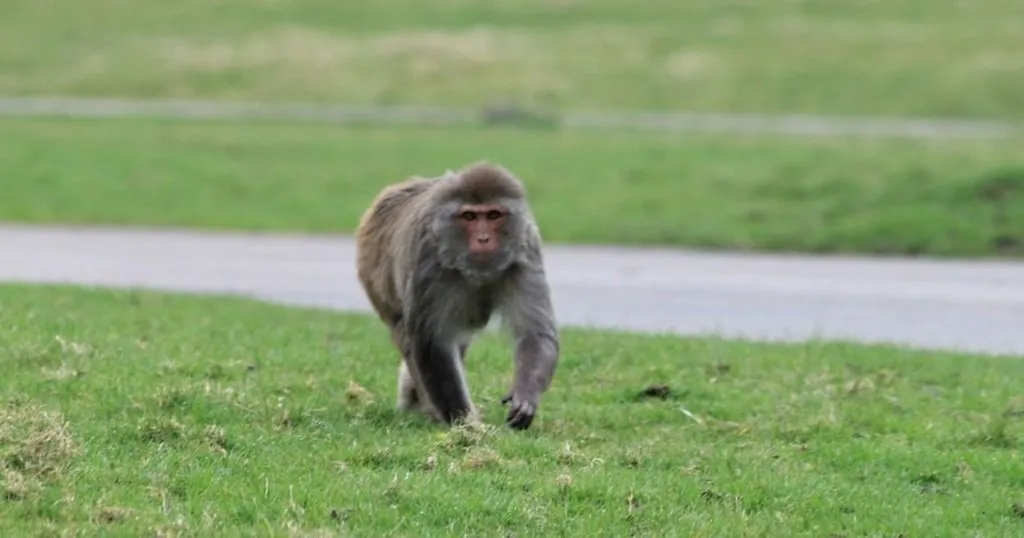The social interaction test: effortless and dependable with EthoVision XT
What is the social interaction test? This blog dives into this topic for fish and rodents. Why is social interaction important to measure, and how do we go about doing it?
Posted by
Published on
Wed 24 Aug. 2022
Topics
| EthoVision XT | Fish | Mice | Rats | Sociability Test | Social Interaction |

Social interaction in fish and rodents: effortless and dependable with EthoVision XT
What is the social interaction test?
First things first: what is a social interaction test? A social interaction test is the study of behavioral interaction between two or more individuals. These behaviors can be directed at each other, thus mutual, but also one-sided, for example when there is specific interest in a novel individual.
Social interaction can be studied in different types of set-ups and the behavior of interest can vary from sexual and mating behavior to agnostic behavior, maternal behavior and so on.
Engaging in social interaction
Social behavior is conserved in many animal species. It has a clear evolutionary benefit in terms of food seeking behavior, predation risk, caretaking, and many more related to survival and fitness. In general, all creatures like to live in groups, although for certain species this (social) preference is particularly strong. This is because for some species it is advantageous, while for others it is simply necessary.
Typical social behaviors in rodents
Rats and mice are the most commonly used rodents in biomedical research. By nature, they are social species. Group housed rats or mice perform an array of behaviors that do not occur in singly housed mice. Moreover, individually housing these species can greatly impact their behavioral and metabolic phenotype.
Broad categories of rodent social behavior include social dominance and aggression, maternal and parental behavior, and social recognition and approach behavior. To study behavioral variations within each of these groups, specific tests have been developed that are based on sight, smell, (un)familiarity and social isolation.

The three chamber test
A three chamber test is, as stated in the name, a test based on an arena with three distinct areas. These areas are separated by walls, but accessible through removable doors. The most commons social interaction tests that are performed in this arena are: sociability and social novelty. Because they are social creatures, rodents typically prefer to spend more time with other rodents (sociability) and are more likely to examine a strange visitor than a familiar one (social novelty).
In the "sociability" session, a rodent (after habituation to the arena) experiences an unknown ‘stimulus’ animal in a barred plastic cylinder (to allow for interaction without direct confrontation) in one of the lateral chambers (the center chamber remains empty and serves as the starting zone) while the remaining “third” chamber contains the same barred cylinder, however empty. This creates the following readout: preference towards a novel object (empty cylinder), versus preference towards a novel object + ‘stimulus’ animal.
During a "social novelty" session, the subject rodent is introduced (in a similar setting as above) to a familiar animal in one of the chambers, while the other chamber contains a cylinder with a completely unfamiliar animal.
These tests are helpful for estimating impairments in social behavior in, for example, transgenic animals with autistic features. But also for assessing the impact of novel pharmacological substances on social behavior.

Typical social behaviors in fish
Fish social behavior includes mating and courtship behavior, cooperative interactions, shoaling, social hierarchy, which is characterized by aggressive interactions to advance in social rank and protect territory, as well as resource-related activity.
Fish generally increase their locomotor activity to demonstrate the above-mentioned social behaviors. The coordination of locomotion reflects the type of social behavior. Interactions between individuals of the same species are usually mediated via olfactory (pheromone) and visual cues, as well as phenotypic traits including body type, color, and gender. Additionally, social behavior is also impacted by the time of day (and/or circadian rhythm).
Check out this white paper on social behavior in zebrafish

Testing social interaction in zebrafish
In (zebra)fish social interaction can be tested in similar ways as in rodents, however there are some distinct differences. Shoaling and social preference are two common behavioral readouts in the ‘social’ category.
In shoaling tests, fish are tested in one tank and allowed to freely move throughout this tank. Interfish distance determines the degree of shoaling, which has multiple benefits in the wild such as reduction of predation risk, better orientation and synchronized hunting.
In a fish social preference test a similar three chamber arena setup, as in rodents, can be used. However the lateral chamber are not generally accessible to the subject fish. These chambers contain stimulus fish (or shoals), and the subject remains in the center area. The time spent close to one of the stimulus then says something about social preference.

This sociability arena for (zebra)fish is available from ConductScience (also know as Maze Engineers)
Social interaction test with the help of EthoVision XT
Noldus has developed specific algorithms in its state-of-art video tracking software, EthoVision XT, to detect the nose point and tail base of rodents. This allows for precise detection of an animal’s location and position in a social interaction test. Similarly, algorithms have also been designed to specifically detect these body points in fish.
Therefore, with EthoVision XT, it is possible to differentiate between nose-to-nose contact and nose-tail contact. These two can have a completely different biological meaning and are essential to detect separately. For instance, nose-to-nose contact could be very interesting when studying aggression while nose-tail contact could be interesting when studying mating behavior.
Other social parameters are based on the position and movement between the animals. The relative movement parameter tells you whether two animals were moving towards each other or away from each other, but also if there was no relative movement, or if the animals were too far away from each other for social interaction to even take place. Because the changes of position between two animals have a smaller effect when animals are further away from each other, EthoVision XT also calculates the net relative movement. In this case, the absolute distance between these animals is taken into account.
Read more about Noldus' tools for a social interaction test
The social interaction test in practice! Check out the work by these labs: Social interaction research at The Bleakley Lab
At the Bleakley Lab at the Stonehill College in Easton, Massachusetts, US, inbred and wild line of guppies are used for this test. Here they explore how the genetic component of the social environment influences antipredator behavior and cooperation. Dr. Bleakley’s research focuses on the evolutionary genetics of social behavior.
Social learning task in rats at the Heinrich Heine University
PI Dr. Marijn van Wingerden and his PhD student Sander van Gurp study social learning behavior in rats at the Heinrich Heine University in Düsseldorf in Germany. With their team, they are studying if rats can learn from each other. If something good happens to the partner rat, will this affect the learning process in the observer rat? With this study they hope to contribute to the development of potential interventions. Learn more about this study by watching the video down below!
Related Posts

How environmental enrichment reduces the effects of stroke

Determining the effect of social hierarchy on foraging in coyotes
